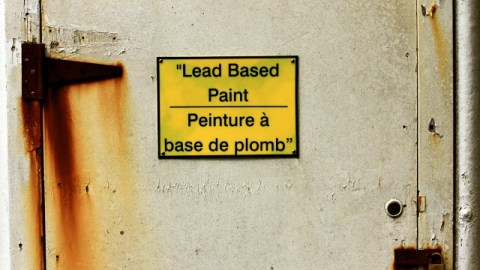Why Lead Exposure Is Still A Major Problem

What’s the Latest Development?
Although lead poisoning has dropped drastically in developed countries, and the concentration of lead in the average American’s bloodstream has been reduced by a factor of 10 in the last four decades, exposure is still severe enough such that scientists are issuing recommendations to lower the maximum accepted level of lead concentration in the blood. With recent health studies linking lead to health issues ranging from attention deficit disorder in children to dementia in the elderly, Harvard professor Joel Schwartz says the problem of exposure needs to be thought of in chronic, rather than acute, terms.
What’s the Big Idea?
Although leaded motor gasoline and lead paint were removed from the US market in the 1970s, lead is still present in Earth’s air and water supply, and it comes from a variety of sources, including water pipes, emissions from coal-burning power plants, and aviation gasoline. In addition to lowering the concentration level and implementing tighter controls, economist Jessica Reyes suggests increasing focus on the financial costs of lead exposure, which she says adds up to about $209 billion a year.
Photo Credit: Shutterstock.com
Read it at Scientific American





